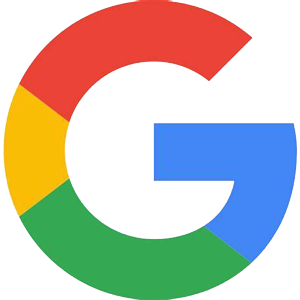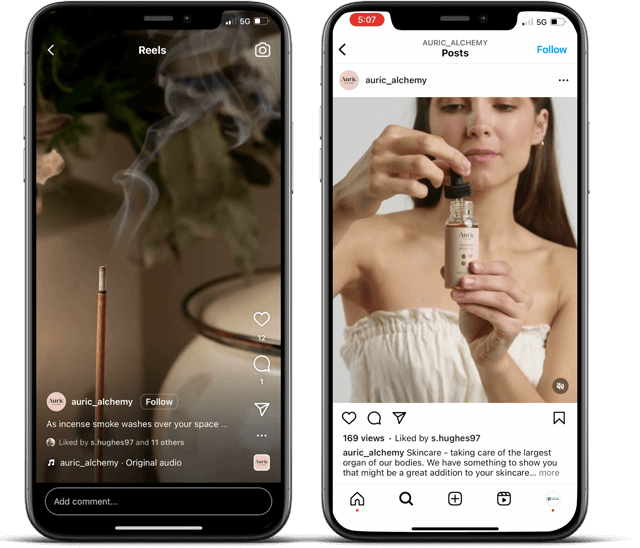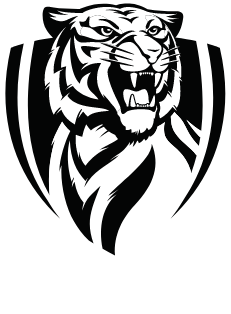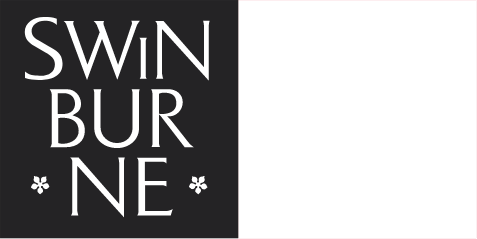Understanding Their Impact and Differences
Social Media and Digital Marketing, though often used interchangeably, serve unique purposes in the digital landscape.
Social Media Marketing focuses on engaging with users, building communities around brands, and enhancing customer loyalty through platforms like Facebook, Instagram, and Twitter.
Digital Marketing, however, spans a broader range of activities aimed at driving sales and increasing online visibility. This includes SEO, PPC, content marketing, and email marketing. The key difference lies in their approach and objectives
Channels of Digital Marketing
Digital Marketing encompasses various channels, each with its specific purpose and advantages.
Search Engine Optimization (SEO)
SEO is the art of enhancing website visibility in search engine results, making it easier for potential customers to find you. It requires optimising content and website structure to rank higher for relevant searches.
Pay-Per-Click (PPC) Advertising
PPC is a model of Internet marketing where advertisers pay a fee each time one of their ads is clicked. It’s essentially buying visits to your site, rather than attempting to earn those visits organically.
Content Marketing
This strategy involves creating and distributing valuable, relevant, and consistent content to attract and retain a clearly defined audience. The goal is to drive profitable customer action.
Email Marketing
Email marketing is a highly effective digital marketing strategy for sending emails to prospects and customers. Effective marketing emails convert prospects into customers and turn one-time buyers into loyal, raving fans.
Channels of Social Media Marketing
Social Media Marketing uses platforms such as Facebook, Twitter, Instagram, LinkedIn, TikTok, and Pinterest for direct audience engagement. Each platform offers distinct advantages tailored to various marketing objectives, from visual storytelling and quick updates to professional networking and broad reach.
The effectiveness of Social Media Marketing lies in crafting engaging content and strategically leveraging each platform’s unique features, aiming to enhance brand awareness, cultivate community, and boost website traffic.
Facebook’s extensive user base makes it an ideal platform for reaching a diverse audience. By creating engaging posts, live videos, and targeted ads, businesses can increase visibility and interact directly with their customers, making it a versatile tool for brand promotion.
Instagram’s visual-centric format is perfect for brands to share their story through images, videos, and stories. Utilising hashtags and engaging with followers through comments and direct messages can significantly enhance user engagement and brand visibility.
X (formerly Twitter)
X is the go-to platform for timely updates, customer service, and engaging with trending topics. Its fast-paced nature allows businesses to share news, participate in conversations, and connect with their audience in real time, fostering a dynamic community.
LinkedIn stands out for professional networking and B2B marketing. Sharing industry-related content, and company updates, and engaging in professional groups can establish thought leadership and build business relationships within the professional community.
TikTok
TikTok’s short-form video content is perfect for creative, engaging storytelling that can go viral, reaching a younger audience.
Pinterest is ideal for driving traffic to websites through visual pins, particularly for industries like fashion, home decor, and DIY, where users seek inspiration.
Which is a Better Option for Small to Medium Businesses?
For small to medium businesses (SMBs), choosing between Social Media and Digital Marketing depends on budget constraints, marketing goals, and target audiences.
Social Media Marketing is cost-effective for businesses looking to build brand loyalty and engage directly with customers. It allows SMBs to create meaningful connections without a substantial financial investment.
However, Digital Marketing‘s broader reach and diverse tactics can be more effective for driving sales and reaching a wider audience.
Ultimately, the best approach often involves a balanced integration of both strategies, allowing businesses to leverage the strengths of each to achieve their marketing objectives.
The Advantage of Combined Power
Integrating Social Media and Digital Marketing strategies offers comprehensive benefits, combining the engaging power of social media with the broad reach and conversion capabilities of digital marketing. This approach allows businesses to not only connect and engage with their audience on a personal level but also to drive targeted traffic and convert leads through optimized digital channels.
The combination enhances brand visibility, fosters customer loyalty, and increases sales opportunities. For businesses aiming to maximise their online presence, leveraging the combined strengths of Social Media and Digital Marketing is a strategic move that can lead to greater success in the digital landscape.
Key Takeaways
While each has its strengths, the real power lies in their integration. Social Media excels in engagement and building connections, while Digital Marketing’s broader tactics drive traffic and sales.
For small to medium businesses, the choice between the two may come down to specific goals and budgets, but combining their strengths can often yield the best results. Embracing both can propel a business to new heights, leveraging the vast potential of the digital world to reach and engage with customers like never before.




